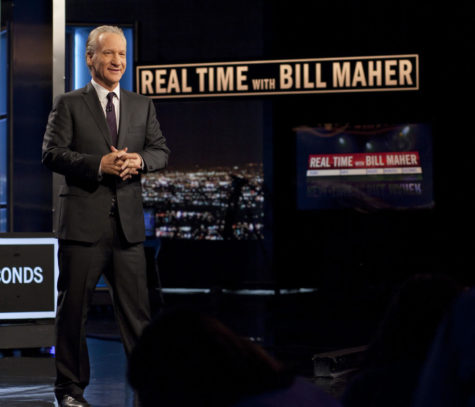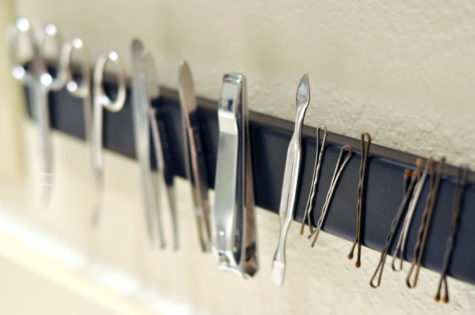History and real name of the # sign
January 14, 2015
Generations growing up today see the # sign and instinctively call it a “hashtag.” There was a time when people, myself included, called it the “pound sign” on telephones. It’s also is commonly referred to as the “number sign” when placed before a numerical value, like in “#2 pencil.” With all of these names, what actually is the official name of it and where do all of these variations come from?
The “official” and fancy name of the symbol is an “octothorp.” However, that is one of the most recent names for the symbol. Scientists as Bell Laboratories somewhat made up the name when they modified the telephone in the 1960’s. Even then the name “pound sign” became more common.
One of the first places the symbol was seen and essentially created was when writing the abbreviation for weight, “lb,” or “libra pondo.” When writing the abbreviation, many people would cross the letters with their fancy handwriting and turn it into two T’s almost. When this was done and the symbol was thought of, the term “pound sign” came about, since they were originally intending to write “pound by weight.”
In Britain, the currency is British Pounds, so the term would easily get confused. From this confusion, the term “number sign” came about.
The term “hash” has been around for a long time, referring to stripes on military jackets even as early as 1910. The term “hashtag,” however, is extremely new and has culturally left all other terms in the dust.
The term gained its notoriety in the tech world in August 2007, when a man from San Francisco, Chris Messina, tweeted out the idea of using the symbol to group conversations and topics together on Twitter. He arbitrarily chose the symbol because it was an easy character to reach on his 2007 Nokia phone. The name came two days later from another techie named Stowe Boyd. The two men agreed it was catchier, and its quick and easy pronunciation mirrored the platform that it would most readily be used.
So the answer to the original question varies, but at least now you know the history behind it and know how and when to use it. If you’re talking about pencils stick with “number.” If a voice message machine is telling you to press the “pound sign,” you now know what it means.
The symbol is also seen and referred to differently in computing, music, copy editing and many other things. The important thing to remember is although the symbol is used to group people and discussions together, it’s important to make those connections outside of the digital world.
















